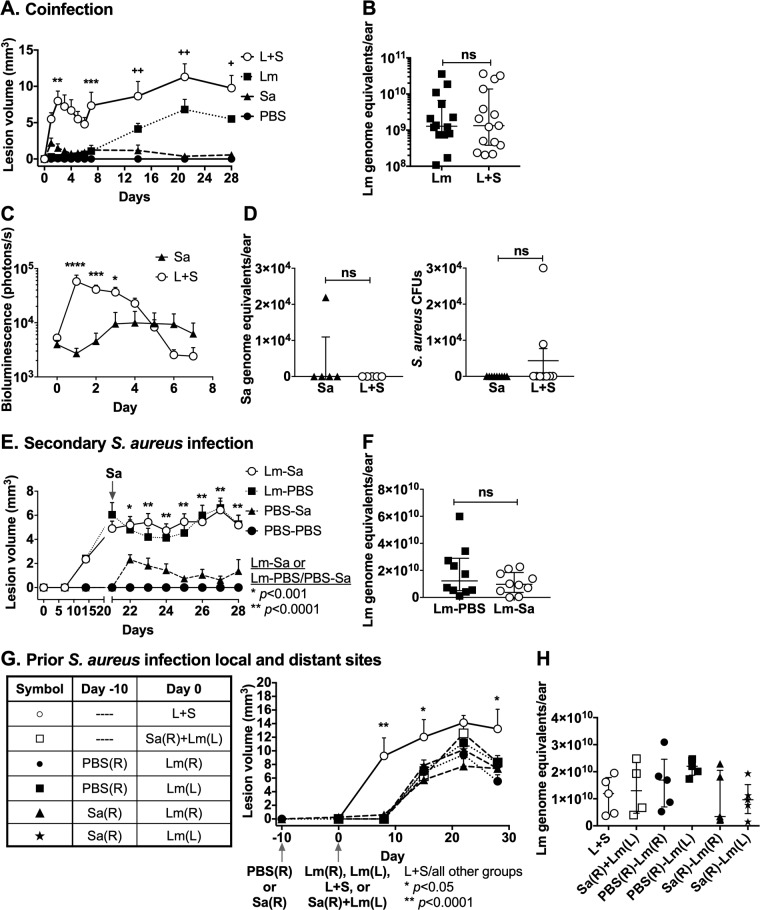Fig 1. Sequential, prior, or simultaneous introduction of S. aureus during L. major infection.
C57BL/6 mice were inoculated in ears with buffer (PBS), either WT Newman S. aureus or S. aureus LAC::lux (Sa), L. major (Lm) or S. aureus and L. major (L+S) with different timing or body sites of bacterial versus parasitic infection. Lesion sizes were measured throughout infection (panels A, E, G). Lm parasite loads were measured in the same mice at the end of experiments (panels B, F, H). (A) Simultaneous intradermal coinfection (L+S) in the C57BL/6 mouse ear pinna results in significantly greater lesion size than either organism alone. Data represent the mean ± SEM lesion volumes at different time points in three independent experiments, each with 4–5 mice/group. Asterisks (*) represent significance between Sa and L+S groups. Crosshairs (+) represent significance between Lm and L+S groups. (B) Parasite loads corresponding to single or coinfections in panel A. S. aureus infections were done using WT Newman strain S. aureus. Lm burdens were measured by qPCR of DNA from infected ears 28 days p.i. Data represent the mean ± SEM of three independent experiments, each with 4–5 mice/group. (C) In vivo imaging of Sa loads in single or coinfected mice: S. aureus LAC::lux was inoculated alone or with Lm. Bioluminescence corresponding to the load of live Sa was measured by in vivo imaging daily for 7 days. Data represent the mean ± SEM of two independent experiments, each with 5–10 mice/group. (D) (Left panel) Total Sa burden was measured by qPCR of DNA extracted from 28 days p.i. ears for one of the experiments in panel C. Data show the mean ± SD S. aureus genome equivalents in 5 mice/group. (Right panel) Live Sa burdens were also measured by counting colony-forming units (CFUs) after overnight growth from ear homogenates. Data represent the mean ± SEM CFU in the two independent experiments, each with 4–5 mice/group. (E) L. major infection prior to secondary S. aureus infection: mice were injected with Lm or phosphate buffered saline (PBS) intradermally in the ear on day 0. On day 21, the infection site was injected with either S. aureus to model superinfection of an established lesion (Lm-Sa), or PBS as a control (Lm-PBS). Data represent mean ± SEM lesion sizes at each time point from three independent experiments, each with 5 mice/group. Asterisks (*) indicate significance between PBS-Sa and Lm-Sa groups at all times beyond 21 days. (F) Parasite loads: Lm burdens 28 days p.i., corresponding to the Lm-PBS control or Lm-Sa sequential infection groups in panel A, were measured by qPCR in total ear DNA. Parasite burdens are expressed as Lm genome equivalents/ear. Data represent mean ± SEM from three independent experiments, each with 5 mice/group. (G) S. aureus infection prior to or simultaneous with L. major infection. (i) Prior: to model the importance of preexisting skin bacteria on lesion development, mice were injected with Sa or PBS intradermally in the right ear on day -10. On day 0, either the same ear or the opposite (left) ear was injected intradermally with Lm (closed symbols). (ii) Simultaneous: on day 0, groups of naïve mice were injected simultaneously with Lm and Sa (open symbols) in the same ear (L+S), or Sa in the right ear and Lm in the left ear (Sa(R)+Lm(L)). Lesion volume measurements are shown. Asterisks (*) represent significance between L+S coinfection group compared to all other groups. Data represented as the mean ± SD of one experiment with 5 mice/group. (H) L. major parasite burdens corresponding to panel C: despite significantly different lesion sizes, parasite loads were not significantly different between mice coinfected with L+S in the same or opposite ears, or by Sa prior to Lm infection. Data shown as the mean ± SD of one experiment with 5 mice/group. Unless otherwise indicated, *p < 0.05, **p < 0.01, ***p < 0.001, ****p < 0.0001, ns = not significant by one-way (H) or two-way (A, C, E, and G) ANOVA with Tukey’s post-test, or Student’s t-test (B, D, and F).

